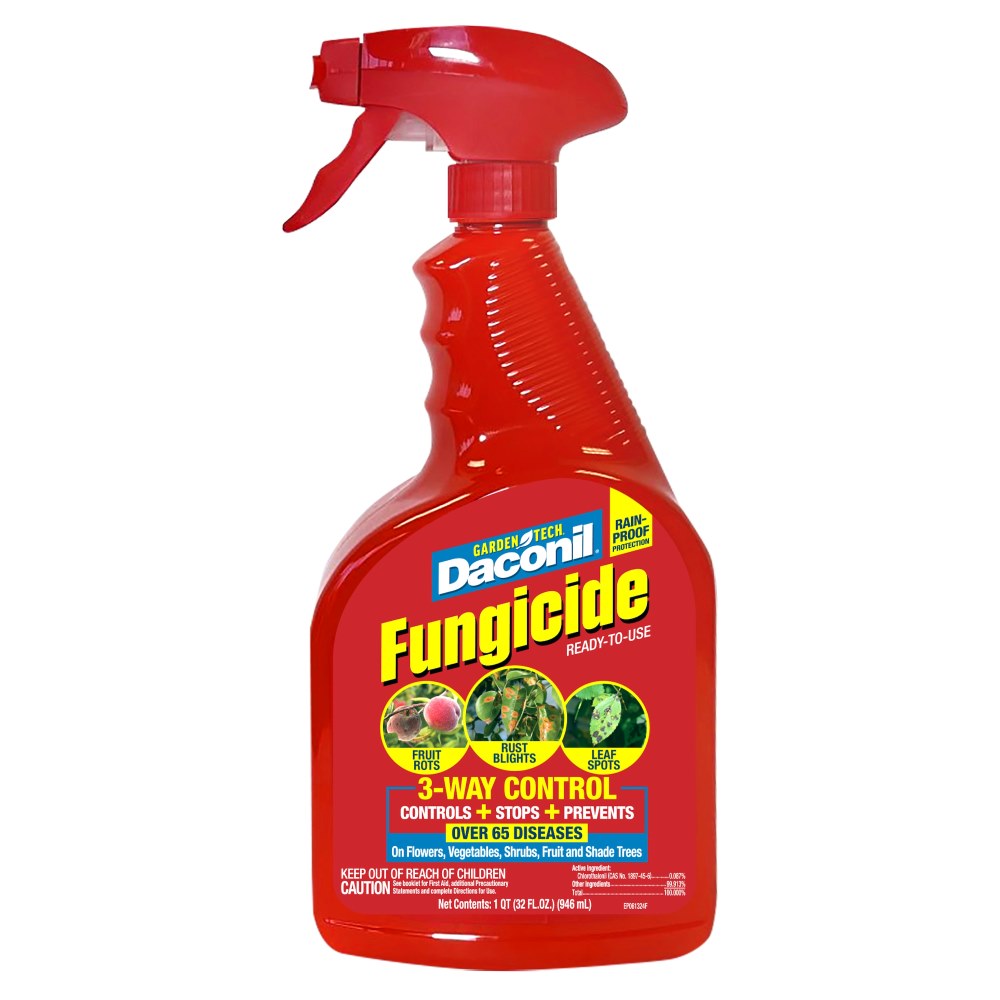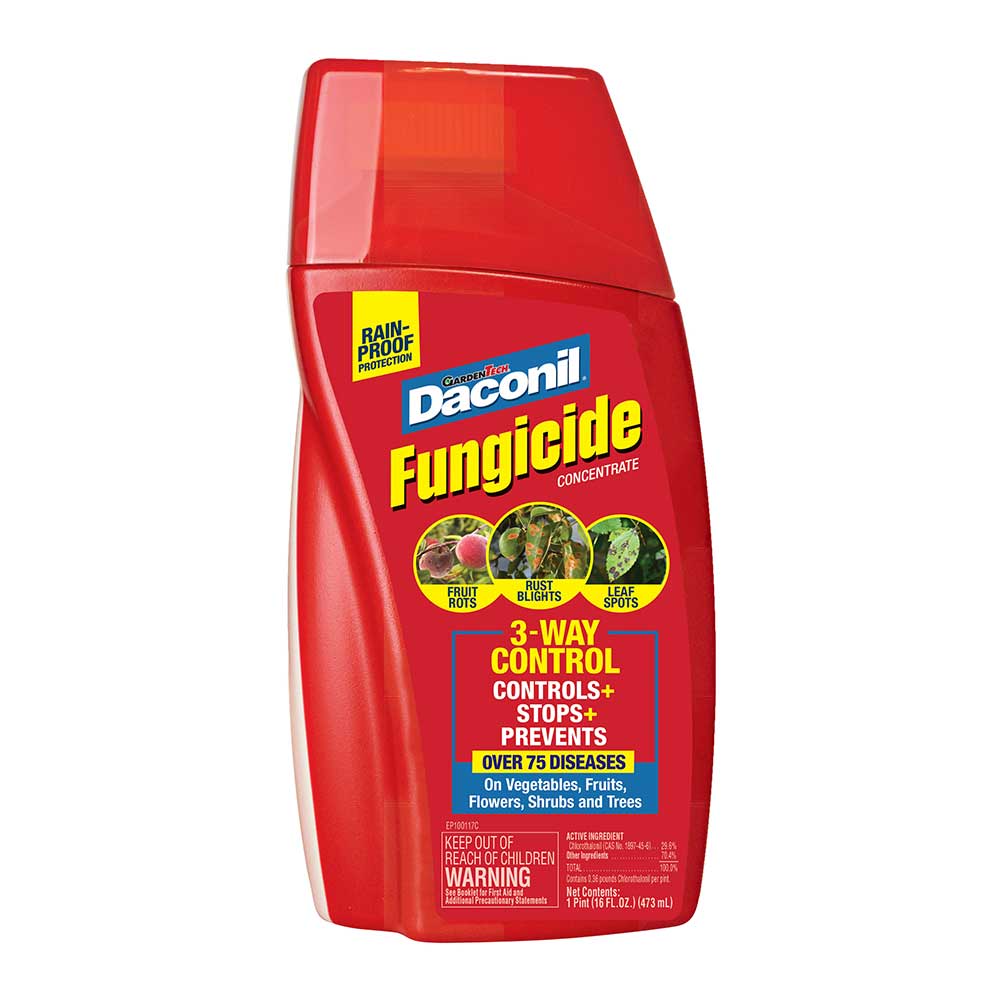Gray Mold
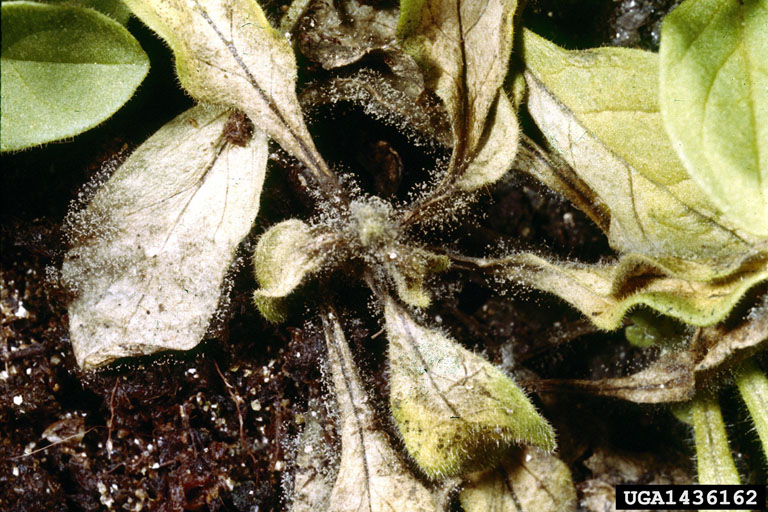

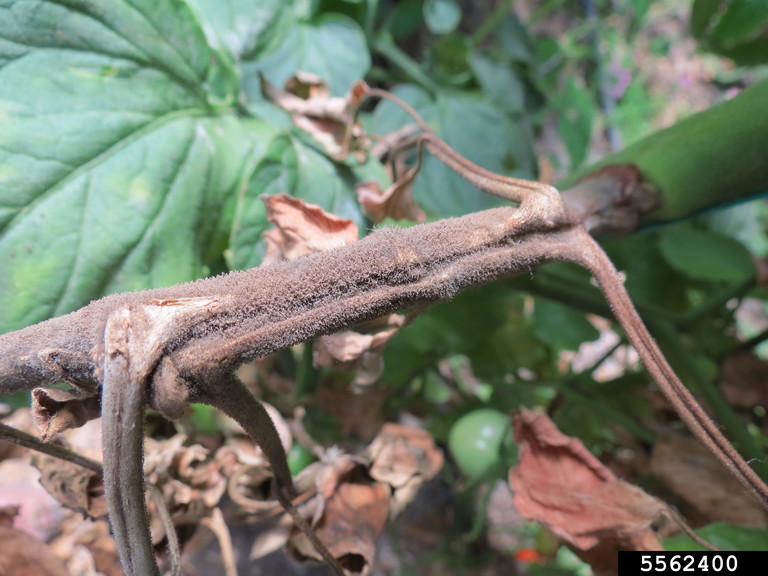
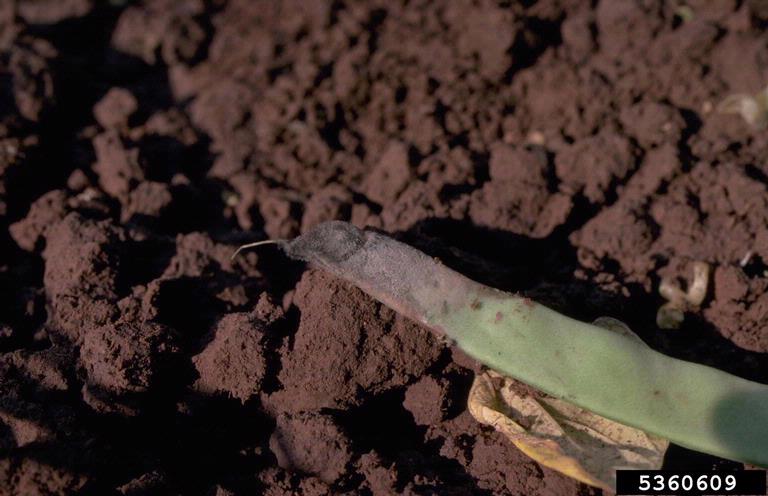
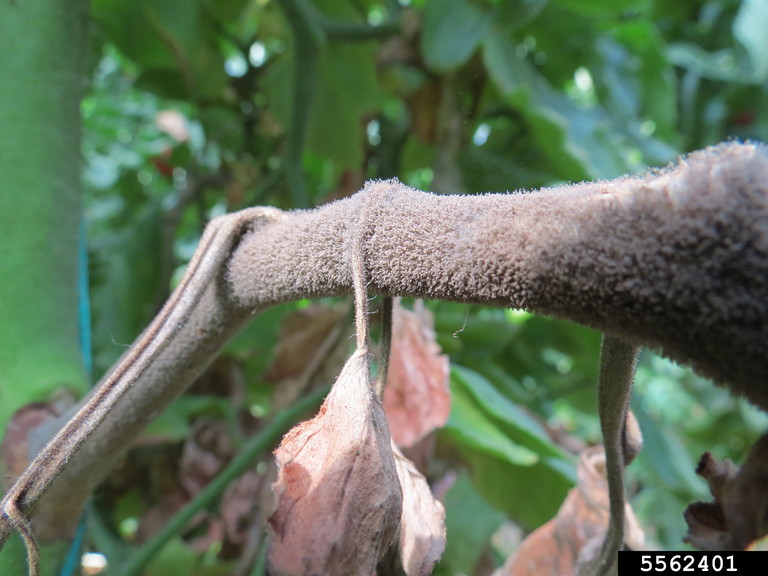
When gray mold reaches its full-blown, advanced stage, this fungal disease leaves no doubt about how it got its name. Other fungal conditions result in white, blue, or even black mold, but the moldy fungus on plants infected with this disease is a distinctive, dusty gray.
The fungal pathogen behind gray mold affects a broad range of common garden plants from tomatoes and beans to flowering favorites such as petunias and geraniums. Gray mold thrives in moist, shady conditions with poor air circulation. Spores spread by wind and splashing water from irrigation or rain. Leaves, stems, flowers, and fruits risk infection.
Gray Mold Identification/Symptoms: In the early stages of gray mold disease, the name-inspiring fuzz isn't seen. Early symptoms include circular, gray-brown spots on leaves and stems. Flower buds and fruit may fail to develop, or they may drop before they mature. Spots often mar the petals of open flowers. As the disease progresses, the spots grow fuzzy with mold. Plant parts from stems to fruit become covered with telltale gray fuzz.
How to Control Gray Mold: Early treatment for gray mold is essential to keep this disease in check. In areas with past problems, early intervention with preventive treatment protects against gray mold infection and its spread. Treatment during early, pre-bloom growth helps limit this disease.
Daconil® fungicides from GardenTech® brand offer three-way protection against gray mold and more than 65 other types of fungal disease. These products help prevent gray mold infections, stop and control active disease, and protect healthy plant parts from gray mold's spread:
- Daconil® Fungicide Ready-To-Use makes quick work of small-scale applications for individual plants, containers, or small gardens. Spray all surfaces of the plant until thoroughly wet, including stems and the undersides of leaves.
- Daconil® Fungicide Concentrate simplifies treating larger garden areas. This economical alternative comes with an easy-to-use measuring cap. Mix in a hand-held, hose-end or tank-style sprayer, and spray all plant surfaces to the point of runoff.
Gray Mold Tip: Give plants plenty of room at planting time. Good air circulation helps limit the spread of gray mold disease. If it strikes your garden, remove and discard affected plants or plant parts immediately. Gray mold will overwinter on garden debris, so keep your garden free of fallen leaves.
Always read product labels thoroughly and follow instructions, including guidelines for treatable plants, application rates and frequencies, and pre-harvest intervals (PHI) for edible crops.
GardenTech is a registered trademark of Gulfstream Home and Garden, Inc.
Daconil is a registered trademark of GB Biosciences Corp.
Photo Credit:
- Clemson University - USDA Cooperative Extension Slide Series, Bugwood.org (CC BY 3.0 US)
- Metin Gulesci, Bugwood.org (CC BY 3.0 US)
- Metin Gulesci, Bugwood.org (CC BY 3.0 US)
- Howard F. Schwartz, Colorado State University, Bugwood.org (CC BY 3.0 US


